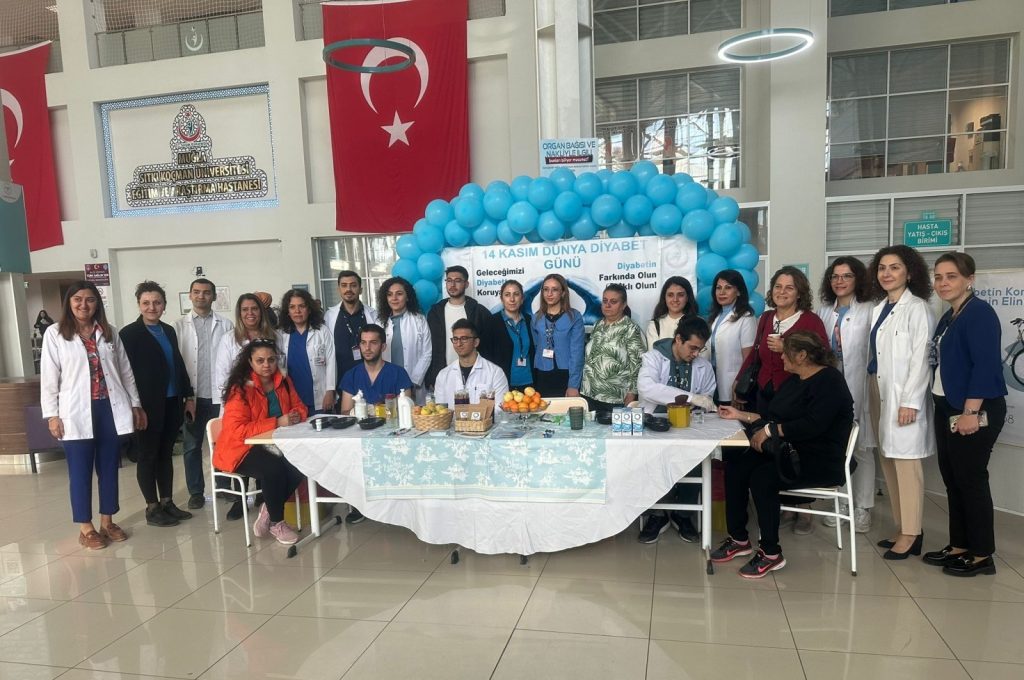The word “diabetes” can be intimidating, especially for those who haven’t yet encountered someone affected by the condition. As a diabetic myself, I understand how confusing it can be. Not only are there different types of diabetes, but the rising prevalence of high blood sugar in modern society is leading to a growing number of related health issues. Diabetes includes Type 1, where the pancreas fails to produce insulin and Type 2, which is caused by insulin resistance, typically the result of overeating and a sedentary lifestyle. Additionally, Alzheimer’s disease is now being referred to as Type 3 diabetes due to its link to insulin resistance in the brain. Other forms include gestational diabetes, late-onset diabetes (also known as LADA) and brittle diabetes. With one in three Americans reportedly having prediabetes and projections suggesting that over 1.3 billion people worldwide will have diabetes by 2050, it’s clear that elevated blood sugar levels and the diseases they cause are on the rise.
In Türkiye, diabetes has a long history. The first accurate description of the disease was made in the second century A.D. by Aretaeus of Cappadocia, who is credited with coining the term “diabetes.” The word “diabetes” comes from the Greek word “siphon,” referring to the frequent urination and extreme thirst associated with the disease. In ancient India, the condition was referred to as “madhumeha,” meaning “honey urine,” due to the high sugar content of the urine, which often attracted ants. For the layperson, this provides insight into how the disease works: in essence, the pancreas fails to produce enough insulin to metabolize the sugar we ingest. In Type 1 diabetes, this is the primary issue. In Type 2 diabetes, the problem arises from insulin resistance, where the body can no longer properly use the insulin produced, leading to excess sugar in the bloodstream. This excess sugar damages various organs, including the eyes, kidneys, nervous, and cardiovascular systems. Today, patients with diabetes are often considered to be at similar risk as heart disease patients, an interesting fact I learned during a full day of training on the disease at Muğla Araştırma ve Eğitim Hastanesi. This training was open to anyone interested in learning about diabetes, a condition that affects nearly everyone, whether they have it, know someone who does, or recognize the role that excessive sugar in modern diets plays in its development.
The last Thursday, Nov. 14, was World Diabetes Day, and to mark the occasion, the Research and Medical School Hospital in Muğla held a special event. Doctors and diabetic nurses offered training on maintaining normal blood sugar levels and living well despite the challenges of managing diabetes.
Maintaining healthy blood sugar levels is crucial for overall health, but it can be difficult today. Our modern lifestyles often involve highly processed foods, many of which contain excessive amounts of sugar. At the same time, technological advancements have made us more sedentary, reducing our physical activity. Sugar, too, has changed; it’s no longer just the white crystalline substance we add to our drinks but also exists in the form of hidden carbohydrates and sweeteners, such as corn syrup, which are included in many packaged foods. To put it simply, sugar isn’t just the kind we add to our tea or coffee -it’s also found in foods like bread (carbohydrates), rice and potatoes (starches), fruit (fructose) and dairy (lactose). What’s important for health is that these sugars are absorbed slowly, maintaining stable blood sugar levels. This helps avoid the “sugar rush” that children often experience after eating sweets, as well as the crash that follows a heavy, sugar-laden meal.
Blood sugar control tips:
Eat balanced meals
The best way to slow the absorption of excess sugar is by including proteins, healthy fats, and fiber in every meal rather than just consuming simple carbohydrates on their own. This means adding colorful fruits and vegetables to your plate – these healthy foods help balance out the sugar-raising effects of white foods like bread and pasta.
Start with salad
Beginning a meal with leafy greens or other fiber-rich foods ensures you get a healthy portion of your meal before filling up on higher-carbohydrate items. This also helps slow the absorption of sugar into your bloodstream.
Dress your dessert
According to the Glucose Goddess, Jessie Inchauspé, one way to slow the release of sugars into the blood is by not eating carbs “naked.” For example, add fruit or yogurt to desserts, which will help slow sugar absorption and keep blood sugar levels more stable.
Shot of vinegar
The acetic acid in vinegar (or lemon juice) can deactivate digestive enzymes for sugar and starches, resulting in a slower release of glucose into the bloodstream. You can either drink a shot of vinegar before a meal or incorporate it into your salad dressing.
Cool your starches
Cooling foods like bread, pasta and potatoes can reduce their starch content. For example, chilling potatoes in the fridge after cooking them or making a potato salad can lessen the negative effects of starches on your system.
Stay active
Regular exercise is important, with a goal of at least 150 minutes of moderate weekly activity. Strength training can also improve insulin sensitivity. For blood sugar control, short bursts of activity, like taking a 10-minute walk after meals, can help prevent blood sugar spikes.
Manage stress
Chronic stress can increase cortisol levels, which in turn can elevate blood sugar. To combat this, practice relaxation techniques like deep breathing, meditation, yoga, or mindfulness to reduce stress and support better blood sugar control.
Get adequate sleep
Aim for seven to nine hours of quality sleep per night. Poor sleep can interfere with insulin sensitivity and increase the risk of diabetes. Additionally, limit caffeine, as it can elevate blood sugar by triggering the “fight or flight” response in the body, and its effects can last for up to 12 hours, disrupting sleep.


